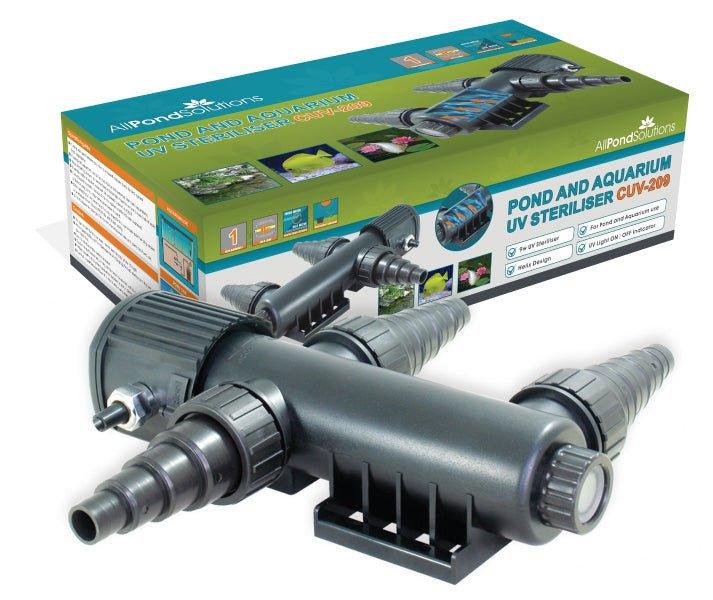Can I add fish to my pond in the winter?
The best time to introduce fish to a new pond is summertime when temperatures are steady and the fish can mature a bit. That being said, fish can be released into your pond slightly later in the year although this depends on the water temperature.
Every fish needs time to adjust and settle in their new home but pond fish such as Koi and outdoor Goldfish need to do so before hibernating. The acclimatisation process should take approximately a month, during which their eating patterns can be established before the cooler months take hold. To remain healthy throughout winter, they need to be fed food suited for building fat stores, such as winter wheatgerm. This acclimation period also allows for observation to spot any health issues that your fish might have.
Fish should not be added to your pond if the water temperature drops to 12° or below. This is the point at which the fish lower their metabolisms and become dormant. Don’t forget to allow your fish to float in a bag to acclimatise, with rolled down sides, for a minimum of an hour. We would best recommend dip acclimation, by adding a small amount of water to the bag every 15 minutes. The slower and smaller amounts of water added, the better. This allows the fish to not only acclimatise to temperature but also to water chemistry of their new home.
Before purchasing any new additions to your pond, we would suggest measuring your pond water temperature. If it has already reached 12° or is fast approaching it, then we would highly recommend waiting until the warmer months have returned before you think about introducing any new livestock.
If you already have your new fish and the water is too cold to release them, you should keep them indoors until spring arrives. This will protect them from extreme cold and temperature fluctuations they are not ready for. Ensure that the water tank or vat that you use is suitable for the size and number of fish you’ll be keeping – remember that if the water temperature is warm enough to keep them from hibernating, that they will continue to grow over the winter.
Ensure your temporary water tank is fully cycled before transferring your fish and monitor your water quality closely with a testing kit to identify any ammonia or nitrite spikes. It’s also extremely important to cover your vat securely with netting to prevent any fish from jumping out.
